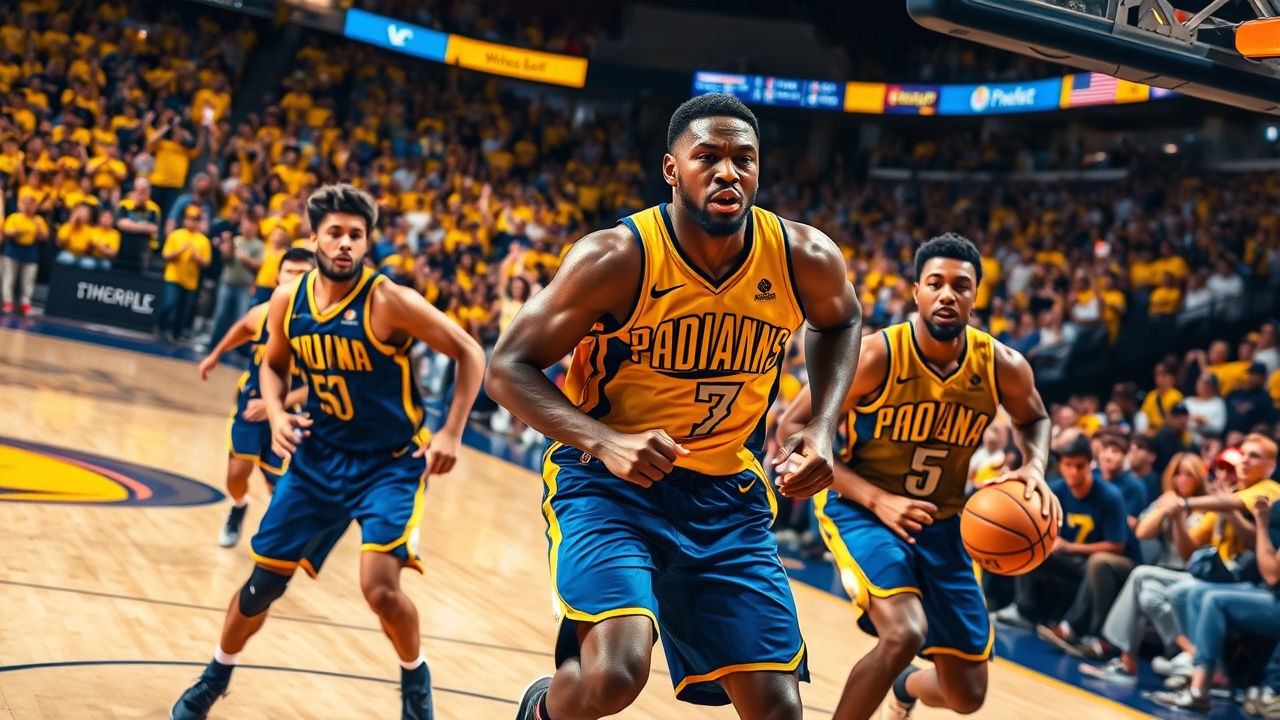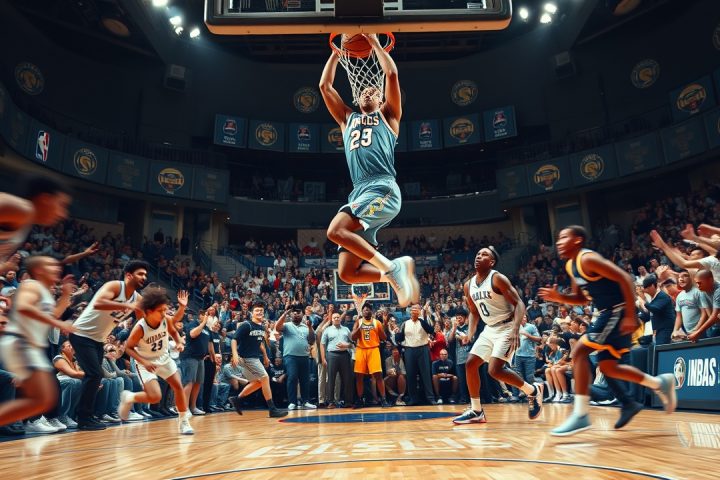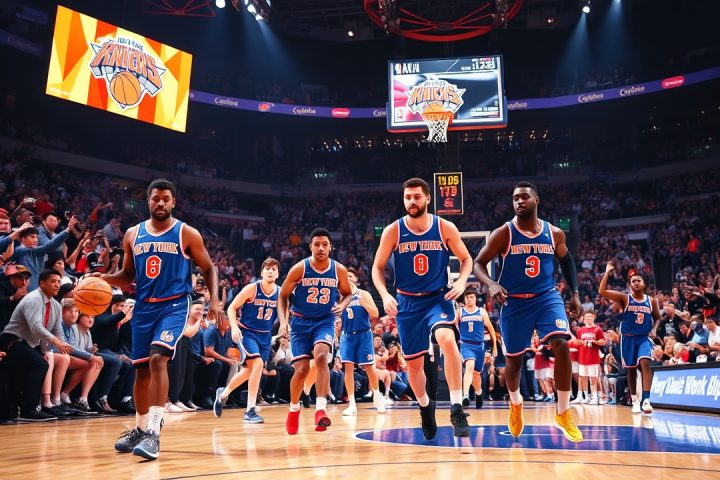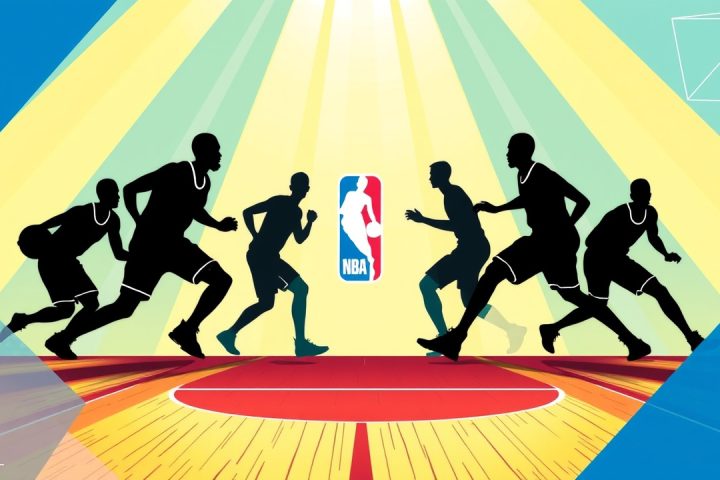Ben Sheppard and the Beep Test
In Oklahoma City, Ben Sheppard found himself at the forefront of an intense challenge that serves as a crucial test for Indiana Pacers players: the beep test. As the only survivor of this exhausting exercise, the second-year forward’s success was a testament to his rigorous preparation throughout the summer. This drill, a rite of passage for the Pacers at the onset of their training camp, pushes athletes to their limits—an arduous race against beeps that dictate running intervals until only one remains.
For the 2024 season, it was Sheppard who triumphed, having lost early during the previous year’s test to the tenacious T.J. McConnell.
“I spent all summer getting ready for this,”
he shared. The beep test involves running across the court in response to a series of recorded beeps, requiring players to sprint back and forth, changing directions rapidly. If they fall behind, they rack up demerits, leading to elimination after two mishaps.
As the exercise progresses, the intervals between beeps grow shorter, intensifying the pressure. Veteran James Johnson humorously noted that he needed to check his calendar, surprised by the sheer number of teammates who showed up for this optional session, reflecting an extraordinary commitment to conditioning. Despite the grueling nature of the beep test, it serves as a necessary gauge for the players’ fitness ahead of a demanding season.
Pacers’ Playoff Journey
Fast forward to a heart-wrenching end to the Pacers’ season, where they faced the Oklahoma City Thunder in the NBA Finals. Indiana’s playoff run was dogged by adversity, particularly losing star point guard Tyrese Haliburton to a serious injury during the decisive Game 7. Haliburton’s loss was felt deeply as he had been crucial in maintaining the team’s rapid-paced style, a hallmark of their identity all season long.
With a thrilling 105-game schedule behind them, their resilience shone through as the Pacers showcased a never-say-die attitude in their playoff matches, achieving stunning comebacks against formidable teams like the Milwaukee Bucks and the top-seeded Cleveland Cavaliers. Their aggressive, high-paced gameplay not only exhausted their opponents but also redefined their approach to each game.
Looking back, the Pacers’ ability to push the tempo—whether offensively on fast breaks or defensively through relentless pressure—was integral to their success, leading to record-breaking statistics in player running distances during the playoffs. As they set a benchmark with over 444 miles covered across their playoff games, it became clear: no other team could match their fervor.
Going forward, head coach Rick Carlisle emphasized the importance of adhering to their philosophy of playing at a fast pace, dubbed “pace-21,” which required getting into motions early, allowing them to exploit defensive lapses.
Legacy and Future
Season-long efforts reflected a shift in athletic rigor, with players like Nembhard asserting that such endurance derives from a collective will to win. As the Pacers look to the future, it’s evident that their legacy may not simply be the pursuit of championship titles. Instead, it embodies an unparalleled determination and an engaging style of basketball that captivated fans, proving that commitment to hard work is the heart of their story.




